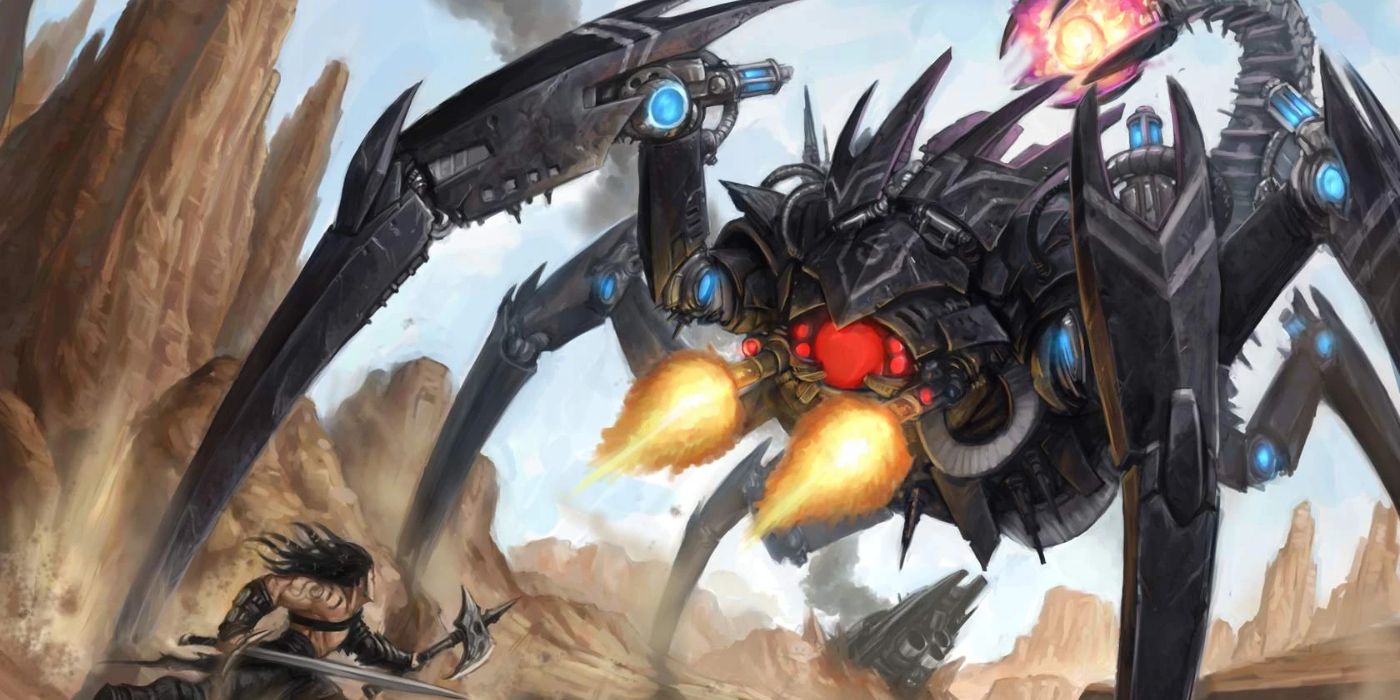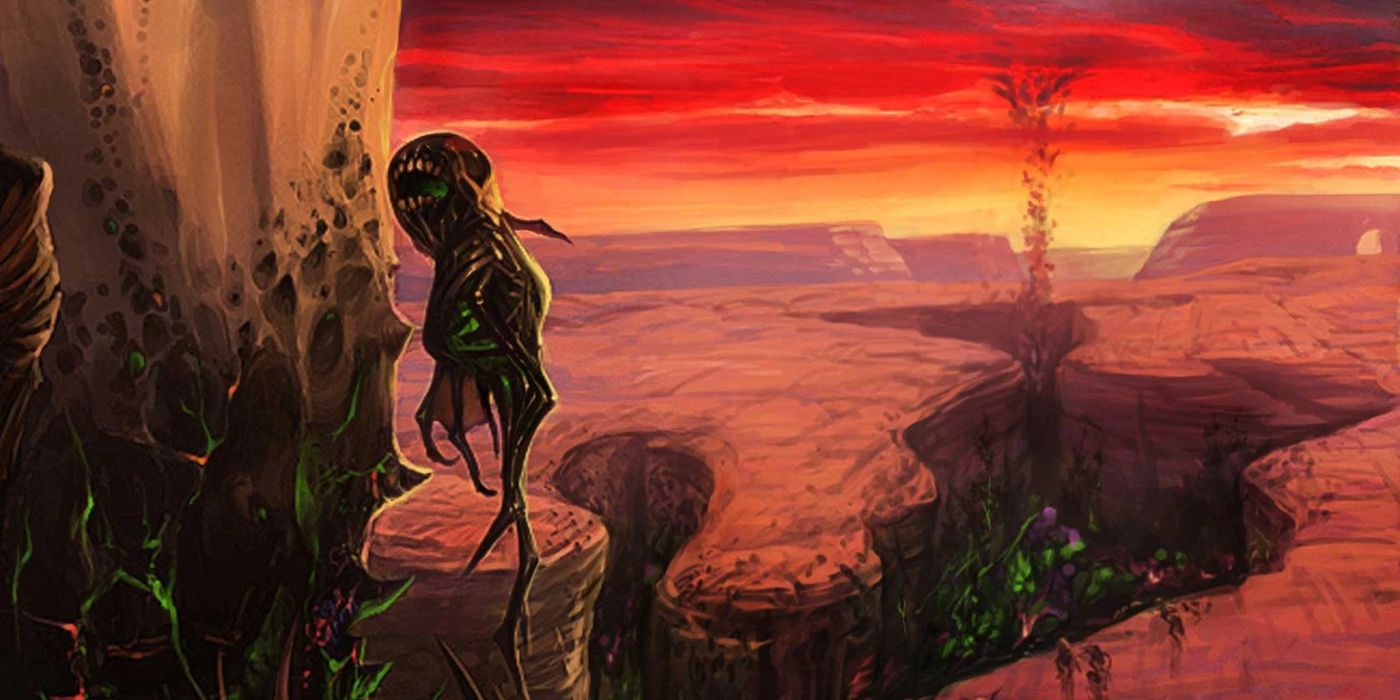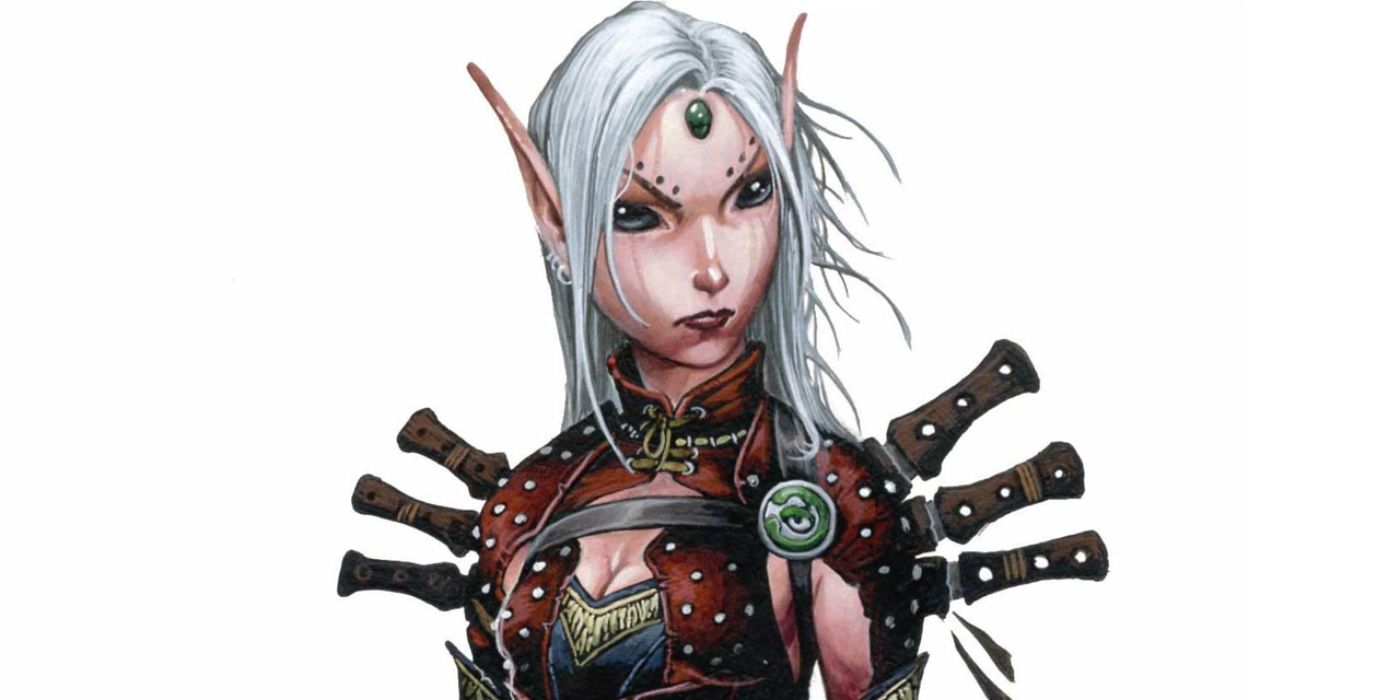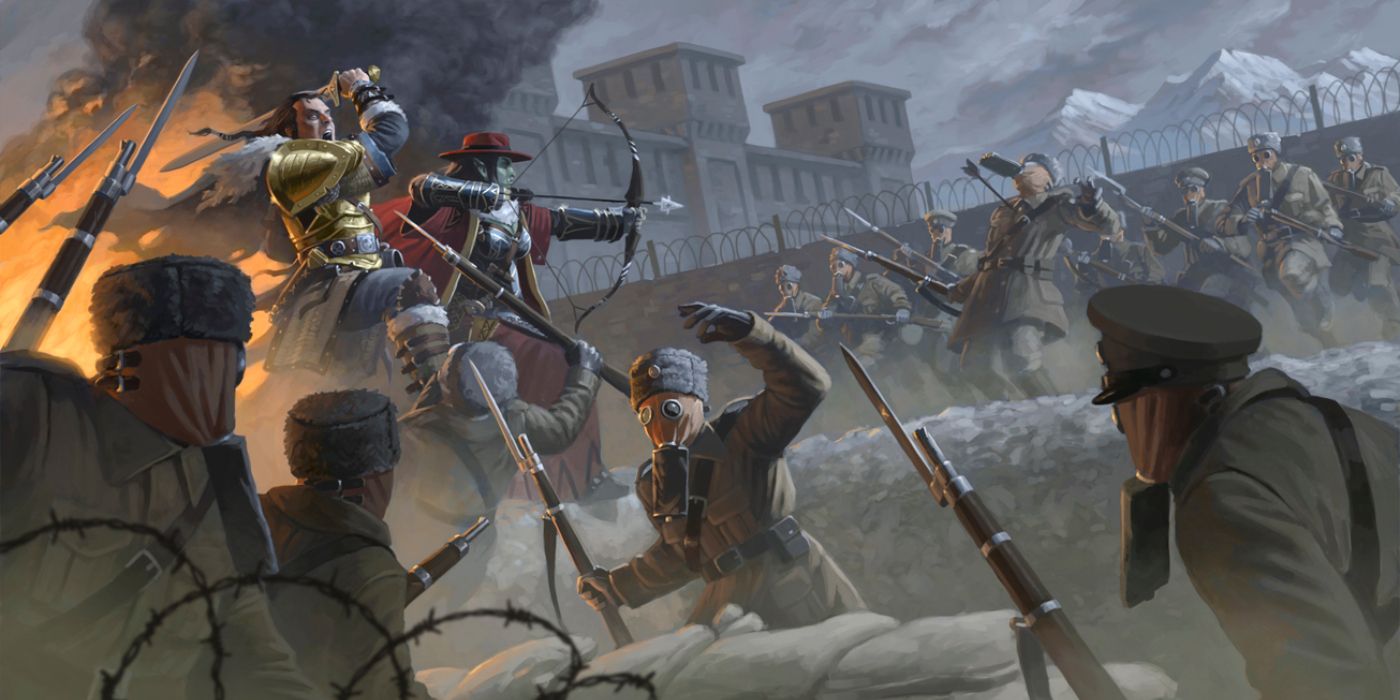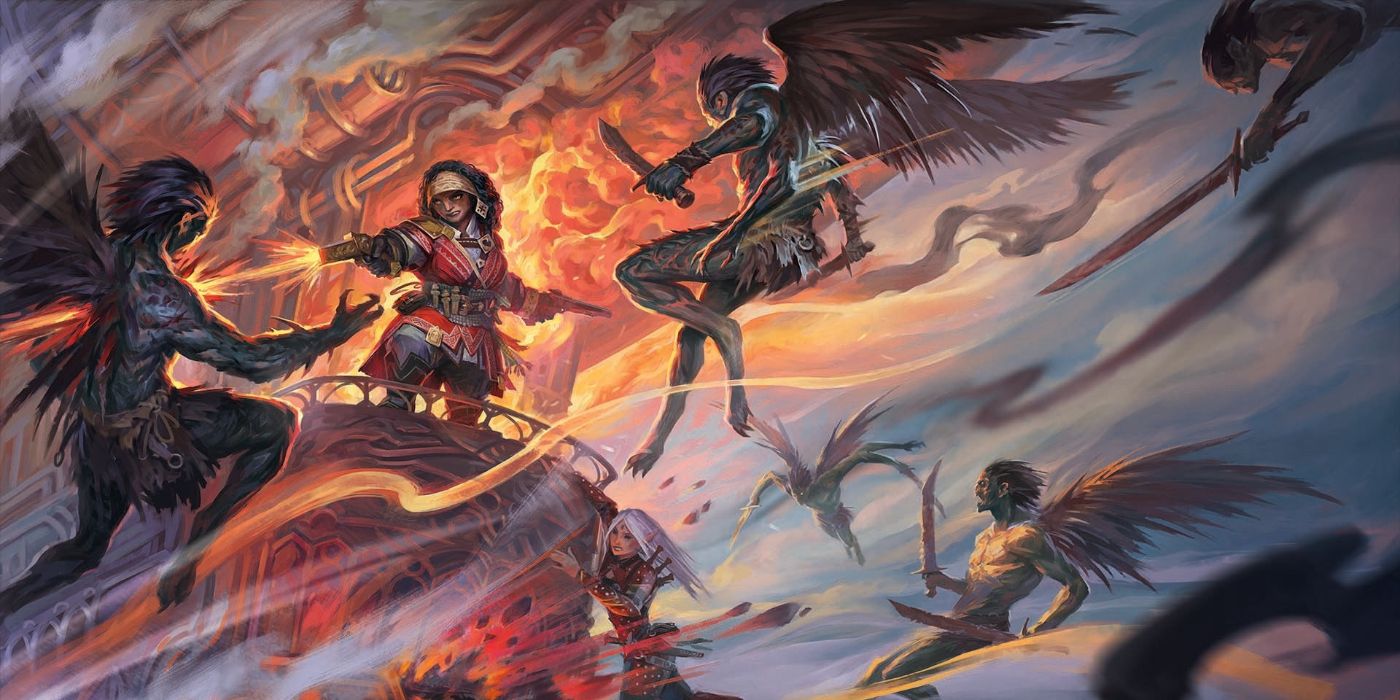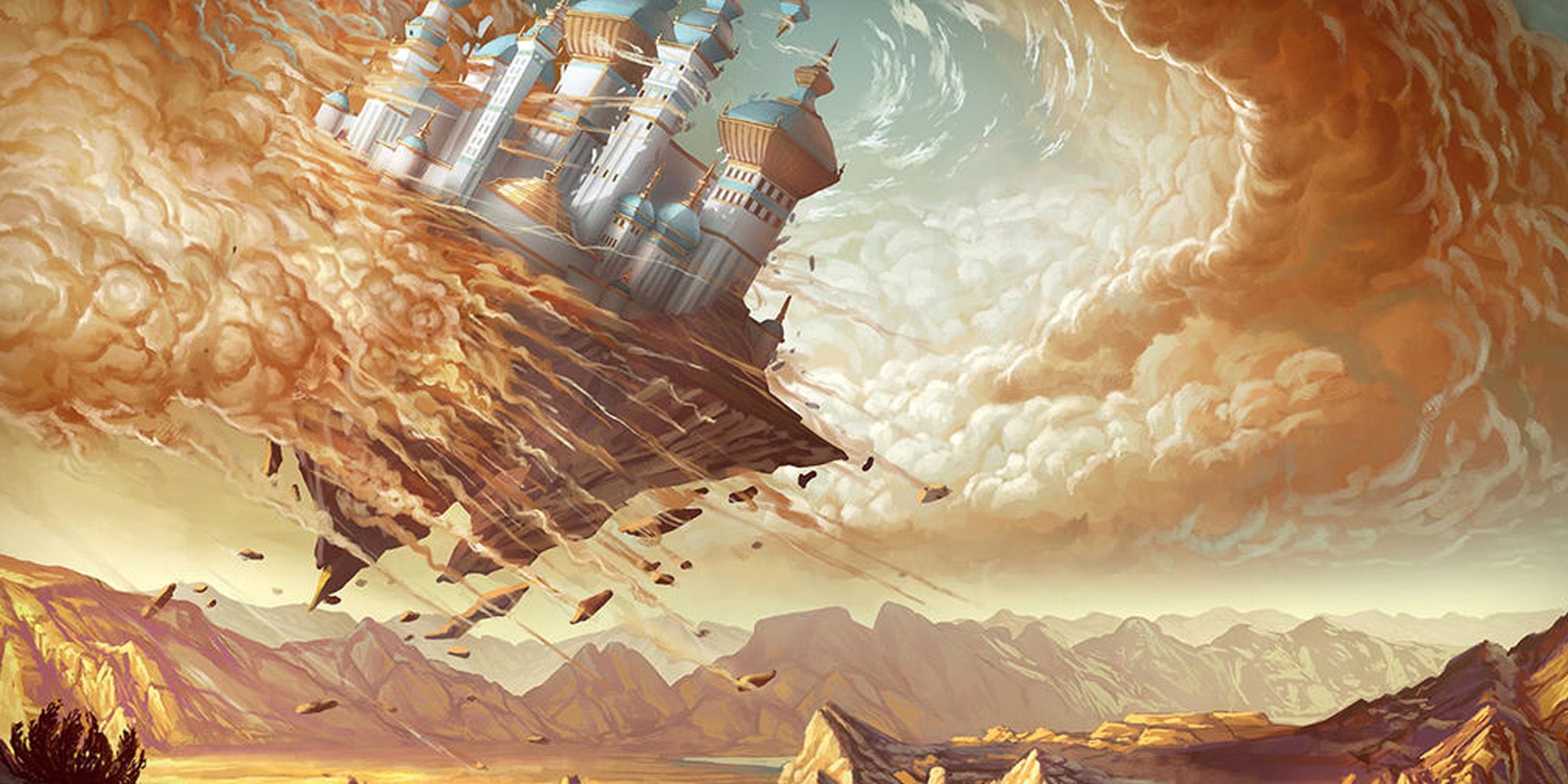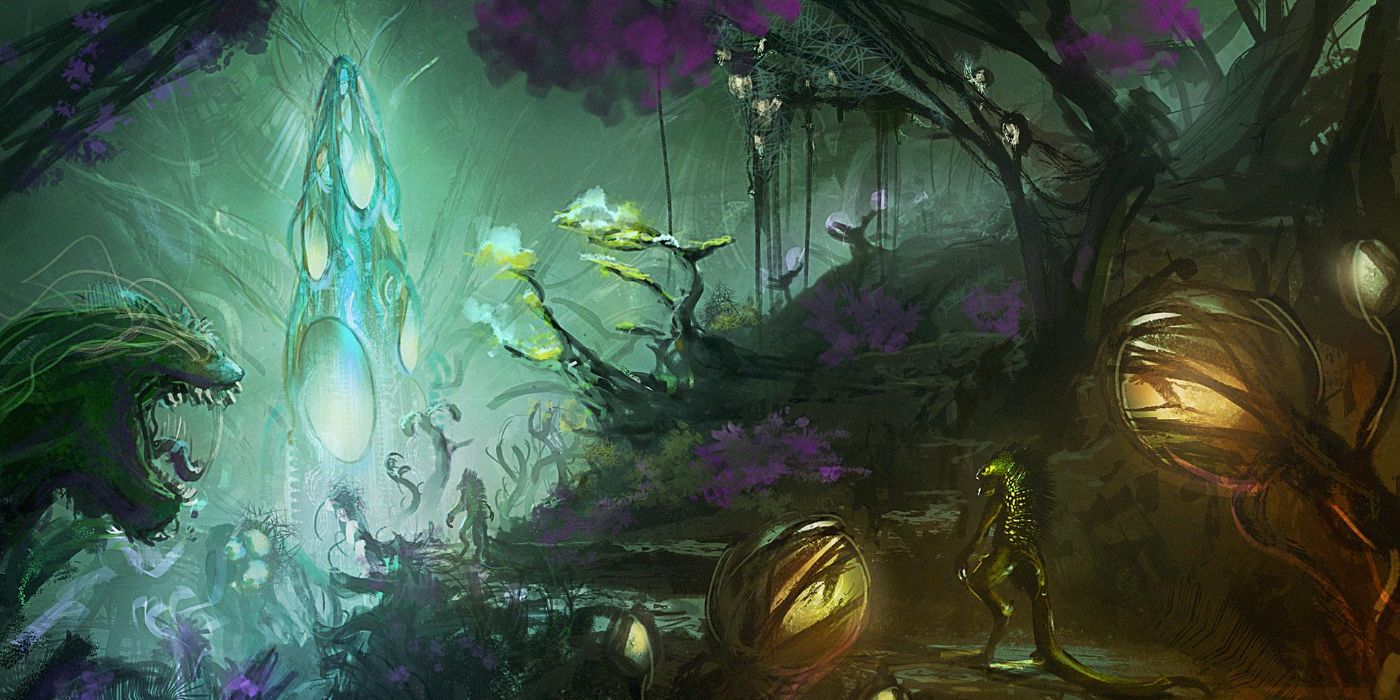In the time since Pathfinder first began, the world of Golarion has fascinated players with its extraordinary attention to detail and its innovative takes on classic roleplaying fantasy tropes. Long-time players of Pathfinder are still finding surprises in the furthest corners of Paizo’s extensive canon, and the inventive design team continues to inject surprising and exciting developments to the setting.
Pathfinder‘s storytelling may touch upon strange and fantastic elements, but it’s that level of creative world-building that helps keep the game distinct from other, more staid rpg settings. While some of these facts might be too bizarre for most home games, the fact that they are canon leaves the Pathfinder world delightfully strange and full of wild discoveries to amaze even the most jaded players.

Related
The 15 Best Fantasy TTRPGs (That Aren’t D&D)
Beyond Dungeons & Dragons, the best TTRPGs offer players immersive worlds and endless hours of gaming.
10
There’s A Meteorite That Turns Those Who Touch It Into Gods
The Starstone Has Uplifted Four Mortals To Godhood
Pathfinder has a lore that extends back millenia, and the Starstone is one of Pathfinder‘s most ancient pieces of history. This powerful artifact is made of the remains of a meteor that was called down onto the planet by the alghollthus (Pathfinder‘s version of aboleths) to punish the arrogant human civilizations that sought to escape their aberrant masters. While divine intervention saved the planet, the resulting cataclysm plunged the planet into the aptly-named Age of Darkness.
Five thousand years later, a human named Aroden found the Starstone beneath an ocean and was deified to become the God of Humanity. He used his powers to make a mighty city with the Starstone contained at its center. In the 4,000 years since then, three other mortals have succeeded at the Starstone’s mythic trials and ascended to godhood: Iomedae, a warrior goddess of valor and justice, Norgorber, a shadowy, multi-faceted god of evil and deceit, and Cayden Cailean, the Accidental God who ascended to godhood after a drunken dare.
9
Numeria Is a Country Built On Scavenging a Crashed Spaceship
The Scorched Landscape Is Riddled With Misunderstood Space-Age Technology
There might not be a more strange location in all of Pathfinder than Numeria. After an immense, mountain-sized spaceship crashed into the land 1,000 years ago, Numeria has become a strange mix of post-apocalyptic fantasy and space-age technology. Brutal warlords and strange scientists try to decipher the powerful technology they extract from futuristic ruins while avoiding the metallic monsters and science-fiction safeguards still active after a millennia.
Numerian technology is tightly policed by a cabal of ruthless researchers known as the Technic League, who make sure that chainsaws, plasma guns, and androids don’t make it far beyond the country’s borders, the better to cement their own power. Numeria got a deep exploration in Pathfinder 1e‘s Iron Gods adventure path, parts of which have continued on as canon in Starfinder, the science-fantasy game set in Pathfinder‘s far-flung future.
8
Pathfinder Has An Entire Nation of Undead
Geb Is Ruled By A Ghostly Wizard
The nation of Geb is named after its ruler, Geb, a ghostly necromancer who has been fostering imperial ambitions for nearly 6,000 years. He turned many of his citizens into undead after a devastating attack from the rival magical empire of Nex, beginning the creation of an unliving society that embraces dark magic and necromancy. Geb is a powerful necromancer, able to transform heralds of the gods into unwilling liches, and this power has made his country a lingering threat to the world for thousands of years.
Pathfinder 2E gave players an up-close look at Geb in the Blood Lords adventure path, where players have to navigate an aristocracy populated by vampires, wights, and mummies as citizens of Geb. While the country has laws to manage the peace between its living and unliving occupants, the nation remains a dangerous locale and a fascinating place for adventurers to explore.
7
There Was Once a Hole In the Planet Leading to the Outer Planes
The Worldwound Has Been Closed, but Demonic Incursions Remain a Threat
One of the greatest threats in the Pathfinder setting is the Worldwound. After the death of a god shifted the alignment of the planes of reality, it ripped a hole between Golarion and the demonic Outer Planes. The hole quickly grew and the resulting demonic hordes quickly destroyed the tribal nation of Sarkoris. As demonic energies leached out of the Abyss, the very landscape grew warped and evil.
The First Edition campaign and CRPG Wrath of the Righteous put players in the middle of the latest crusade to attempt to close the Worldwound once and for all. This epic campaign has players dealing with god-level powers and is one of Pathfinder’s most beloved campaigns. While the Worldwound is closed in PF2E‘s lore, centuries of demons still need to be hunted before the Sakoris Scar can be reclaimed.
6
Pathfinder’s Elves Come From Another Planet
Elven Portals Connect the Planets of Golarion’s Solar System
Pathfinder elves have a history of spacefaring that may even make them aliens. The oldest Elvish city isn’t located on Golarion – it’s located on neighboring Castrovel, a humid jungle planet resembling Venus. While the lore never officially defines elves as being from either planet, Pathfinder‘s elves even look like aliens, with huge dark pupils that take up their whole eye. Elven history even has the elves travel back and forth between the two planets during times of upheaval, using an ancient portal to move between the two worlds.
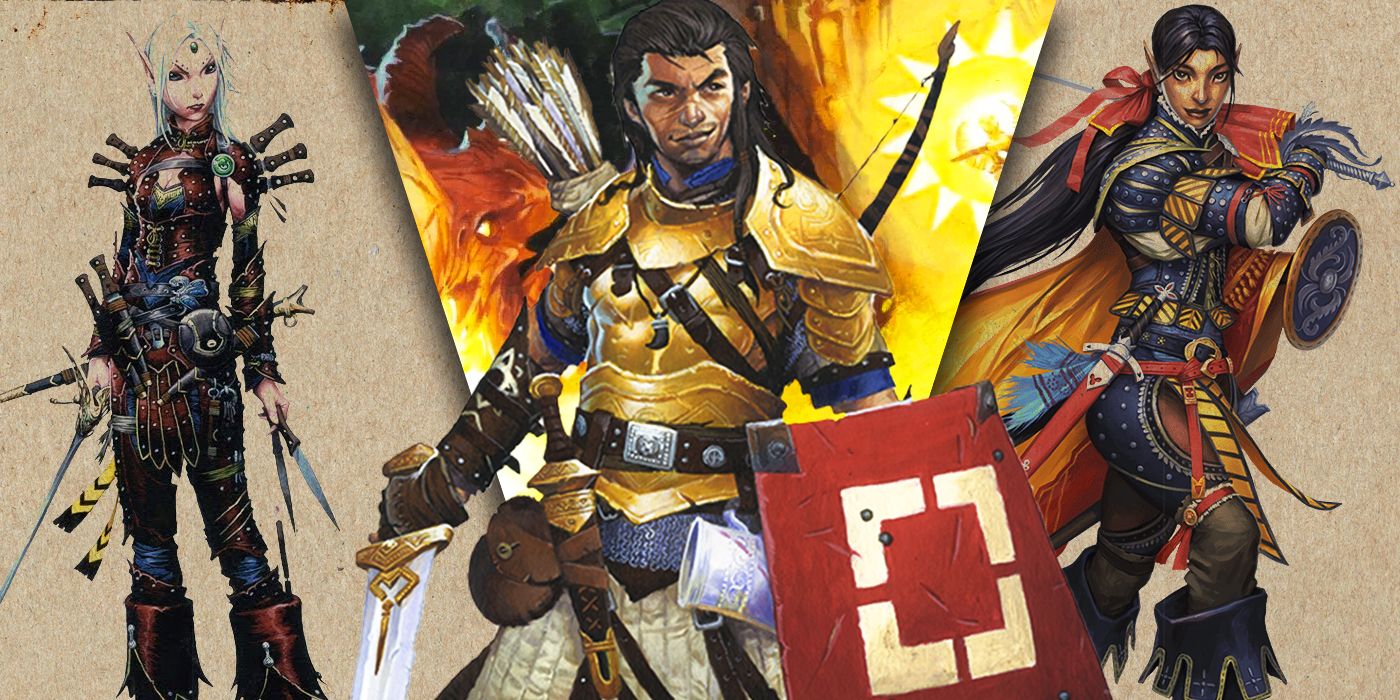
Related
Pathfinder 2e: Every Class, Explained
With 16 distinct classes, Pathfinder’s second edition truly lets players create the character of their dreams with a huge range of options.
Elves aren’t the only species with interplanetary capabilities – their Castrovelian neighbors, the lashuntas, a species of dimorphic telepaths, maintain close relations via portal with the brain-like Contemplatives of Akiton, a sandy red planet mirroring Mars. While Pathfinder has explored some of their wider solar system, there’s plenty more room for adventures across the rest of their strange and fantastic solar system.
5
Earth Is Part of Pathfinder Canon
Mythology and Fiction Tie Golarion To Earth’s History
Space is really big, and Pathfinder canonized that a version of Earth exists a little while ago in a galaxy far, far away from Golarion. The gods of Ancient Egypt have a presence in desert nation Osirion’s ancient history but are described as having left for a distant planet millenia ago. Golarion and Earth also connect to the same metaphysical planes, like when Pathfinder players meet Earthling and H.P. Lovecraft character, Erich Zann, in the Dimension of Dreams.
Pathfinder even took players to Siberia in the adventure Rasputin Must Die!, establishing that Grigori Rasputin is the child of famous mythological witch Baba Yaga. With the established fact that journeying from Golarion to Earth takes incredible magical powers, it’s understandable why Paizo hasn’t taken players back there, but now that they’ve shown it’s possible, fans are left to wonder when the next trip to Earth will occur.
4
The Mana Wastes Are a Desert Full of Guns, Wild Magic and Mutants
This Land Is the Result of Years of Warring Wizards
The Mana Wastes are the result of the long-running war between the earlier-mentioned country of Geb and its magical neighbor Nex. With the Mana Wastes trapped in the middle, years of spells have warped magic in the area into a wild force more akin to weather. Here, magic spells can go rogue or even be negated, and the creatures and people who live here are often transmuted into strange forms by wild magic.
This has made the local populace resourceful on other methods of self-defense. The main political power of the wastes is Alkenstar, a duchy who has mastered the art of blackpowder firearms to make up for magic’s unreliability. Pathfinder makes guns unreliable and rare, reserving them for the Mana Wastes and their gunslinger class.
3
The Shory Invented Flying Cities Thousands Of Years Ago
While Most Have Since Crashed, One Remains Aloft
Pathfinder‘s ancient history is full of powerful empires. The Shory were able to invent incredible magic that was capable of lifting entire cities into the sky. With these flying cities, they created a prosperous empire that lasted over a thousand years before declining. Over hundreds of years, assorted unrelated disasters destroyed the cities one by one.
In Pathfinder’s current day, all but one of the flying cities have been reduced to crashed ruins and rumors. Rumors say that parts of one city are trapped in the magical never-ending hurricane known as the Eye Of Abendego, and two other cities are now ruins that explorers plumb to seek magical treasure. One city still remains airborne over the distant continent of Tian Xia, though none posses the ability to control or replicate the powerful flying magic.
2
Pathfinder Isn’t Afraid To Kill Its Gods
Deific Deaths Dot Pathfinders History
Something that distinguishes Pathfinder from DnD is Paizo’s willingness to shake up its setting with new events. Paizo’s book The War Of Immortals delivers an incredible change-up to the Pathfinder cosmos: it focuses on the death of the game’s god of war and the resulting metaphysical fall-out. With Gorum’s death, a new evil god sprang forth from his body and both his divine power and his war-like essence were scattered across the cosmos. The book details two new classes in the Exemplar and the Animist, and details the sort of legendary powers that mythic heroes gain from things like divine godsblood.

Related
The 15 Best Fantasy TTRPGs (That Aren’t D&D)
Beyond Dungeons & Dragons, the best TTRPGs offer players immersive worlds and endless hours of gaming.
As shocking as killing a god is, Pathfinder has multiple canon instances of major gods being killed. Gods are not all-powerful invincible beings in Pathfinder, but their deaths always serve as massive sea changes in the canon. The last time a god died, there were weeks of natural disasters and the powers of prophecy were irreparably damaged. Paizo is continuing to explore the fallout of killing a god in its upcoming books, so the repercussions will pile up further.
1
Pathfinder Has a Weird Planet That’s Also an Egg
Aucturn Exists On the Outer Reaches of the Solar System
Maybe the weirdest piece of Pathfinder lore is the planet of Aucturn. Drawing heavily from H.P. Lovecraft’s Cthulhu Mythos, Aucturn is a creepy planet of poisonous gasses and shifting form populated by monstrous cults and twisted denizens. Many supernatural threats have connections to Aucturn, such as the alien invaders known as the Dominion Of The Black, and the planet’s alignment with Golarion comes with strange phenomena that trigger insanity and psychic distress across Pathfinder‘s primary planet.
As if that weren’t enough, Aucturn is additionally rumored to be the nascent egg of a Great Old One, one of the god-like abominations that threaten all of existence in the Cthulhu Mythos. Pathfinder players needn’t worry about this existential threat too much, though – the planet doesn’t hatch until Starfinder 2E. Still, the idea of a living planet primed to hatch makes this the strongest contender for the weirdest piece of Pathfinder Lore.



